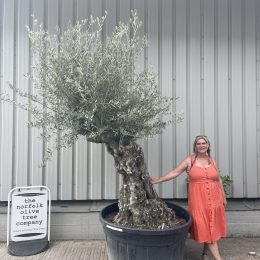Moving Olive Trees
Moving olive trees can be a delicate process, and ensuring the health and vitality is key. Whether you’re transplanting established olive trees or relocating young saplings, the key lies in careful planning and execution. In this blog, we’ll walk you through the step-by-step process of moving olive trees effectively, ensuring they thrive in their new environment.
Timing is Everything
Begin by choosing the optimal time for relocation, typically during the tree’s dormant season in late winter or early spring. This minimises stress on the olive tree and enhances its chances of successful transplantation.
Assessing the Tree
Before initiating the move, assess the overall health of the olive tree. Ensure it is disease-free and prune any damaged or excessive branches. A healthy tree is better equipped to handle the stress of relocation.
Preparing the New Site
Adequate preparation of the new planting site is crucial. Ensure the soil is well-draining, enriched with organic matter, and matches the pH requirements for olive trees (usually between 6 and 7.5). Clear the area of any debris and plan for appropriate spacing between trees.
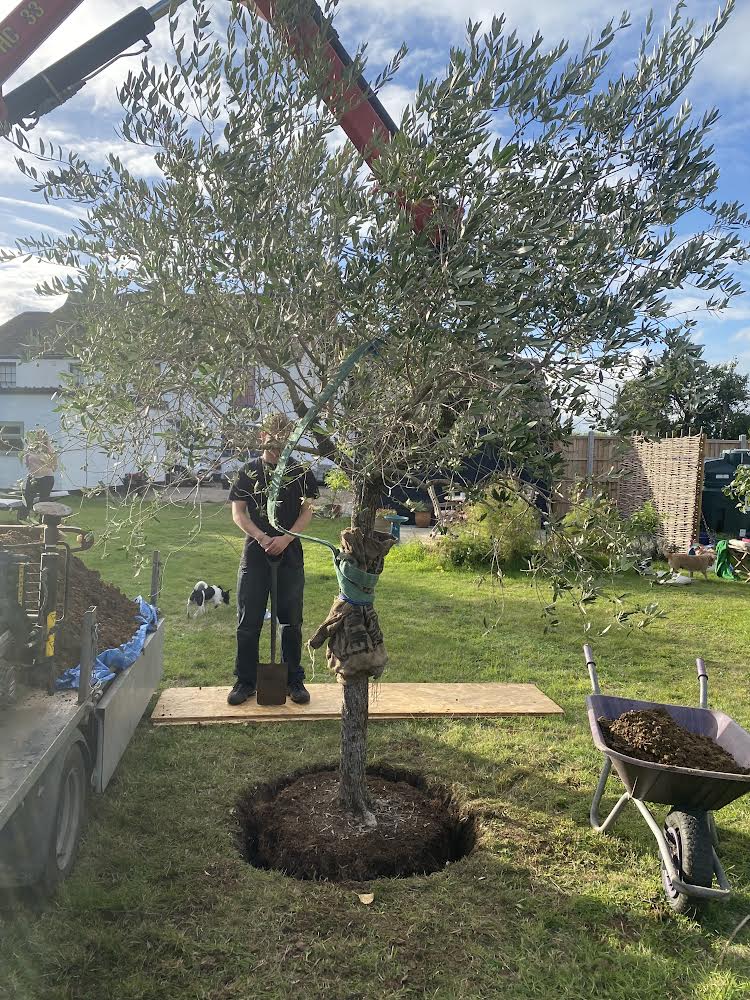
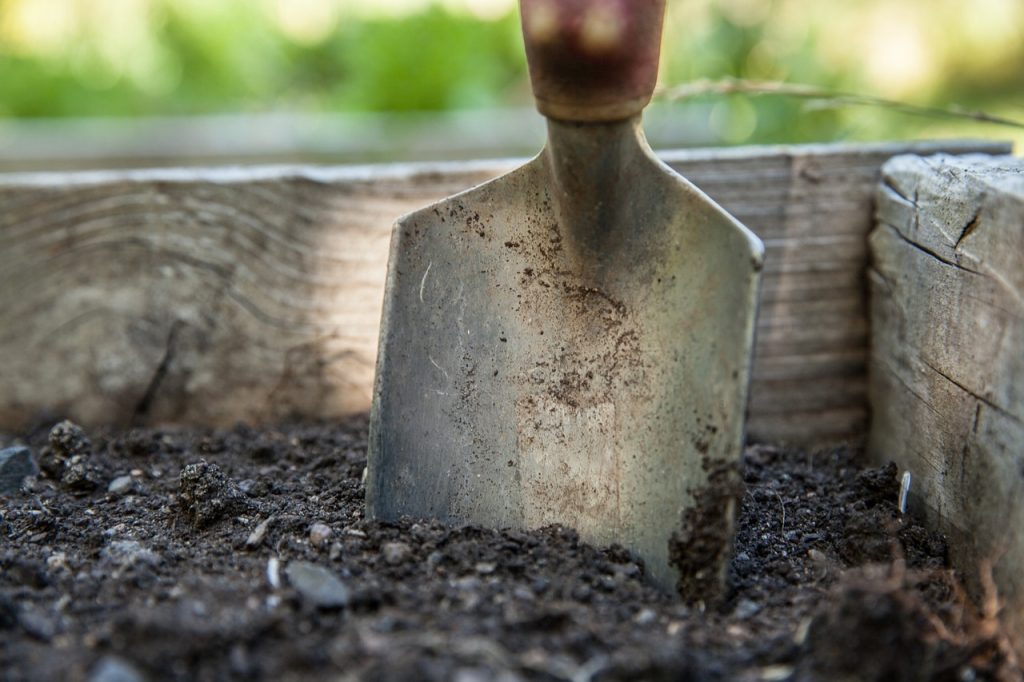
Root Ball Excavation
Carefully excavate a root ball around the tree, taking into consideration the size of the tree. The root ball should be large enough to encompass most of the the tree’s root system. This process helps to retain vital roots and soil, reducing transplant shock.
Lifting and Transport
Lift the olive tree, ensuring the root ball remains intact. Use wrap to secure the root ball during transportation. Handle the tree with care to avoid damage to branches or the main trunk.
Replanting with Precision
Dig a hole at the new site that is slightly larger than the root ball. Set the olive tree in the center, ensuring it is at the same depth as it was in its previous location. Backfill the hole with soil, gently firming it around the roots to eliminate air pockets.
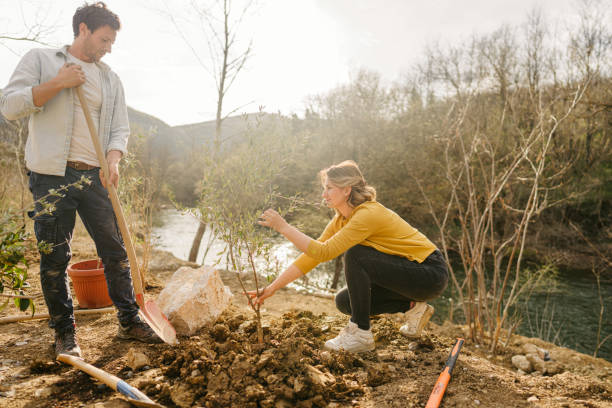
Watering and Mulching
Immediately water the transplanted olive tree thoroughly. Mulch around the base to conserve moisture, suppress weeds, and regulate soil temperature. Adequate watering in the initial weeks is crucial for the tree to establish itself in its new environment.
Post-Transplant Care
Monitor the tree closely in the following weeks and months. Provide supplemental watering during dry spells and consider applying our balanced fertiliser to support healthy growth. Regular pruning may also be necessary to shape the tree and encourage a strong structure.
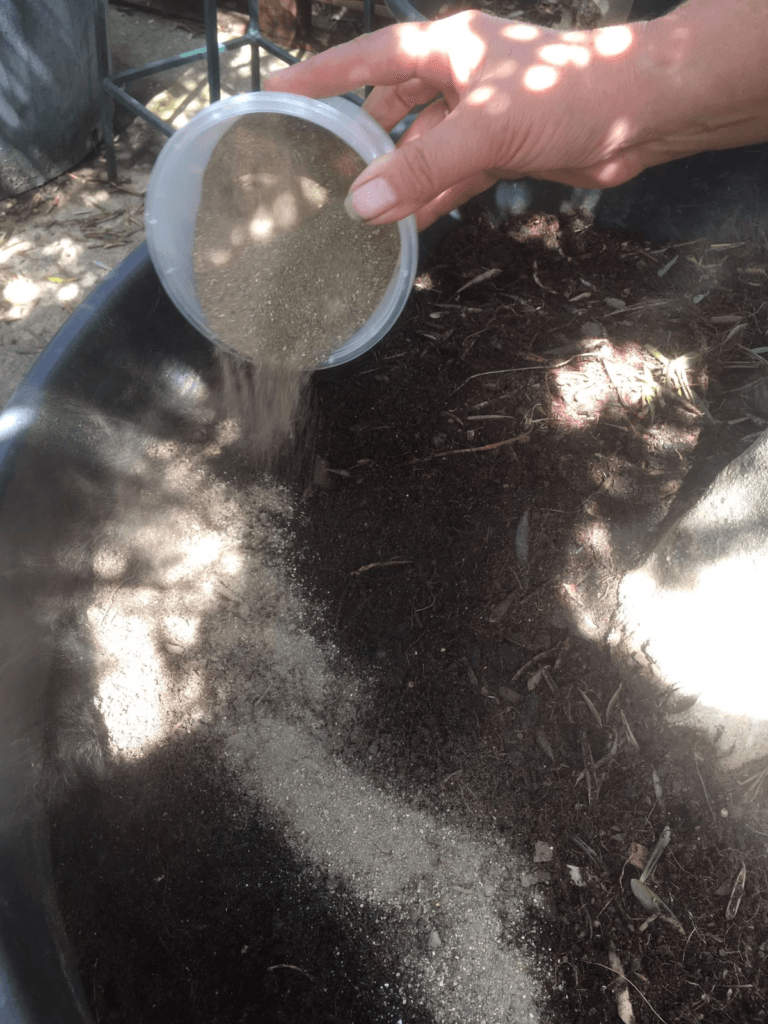
Patience and Observation
Olive trees may take some time to fully acclimate to their new surroundings. Be patient and observe the tree’s response to the relocation. Adjust care practices as needed based on the tree’s health and growth patterns.
Celebrating Success
Successfully moving an olive tree is a gratifying accomplishment. As your transplanted olive tree thrives in its new home, you can enjoy the beauty and benefits of these iconic trees for years to come.
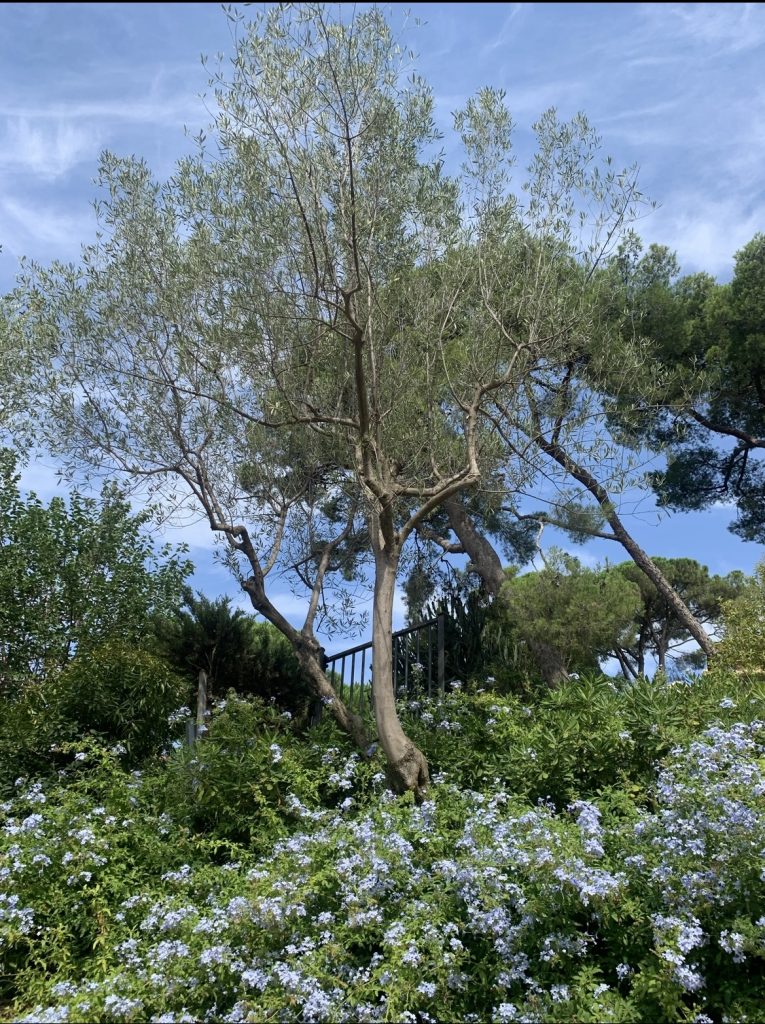
With careful planning and attention to detail, moving olive trees can be a successful and rewarding process. Happy planting! Shop here for our recent arrivals.


